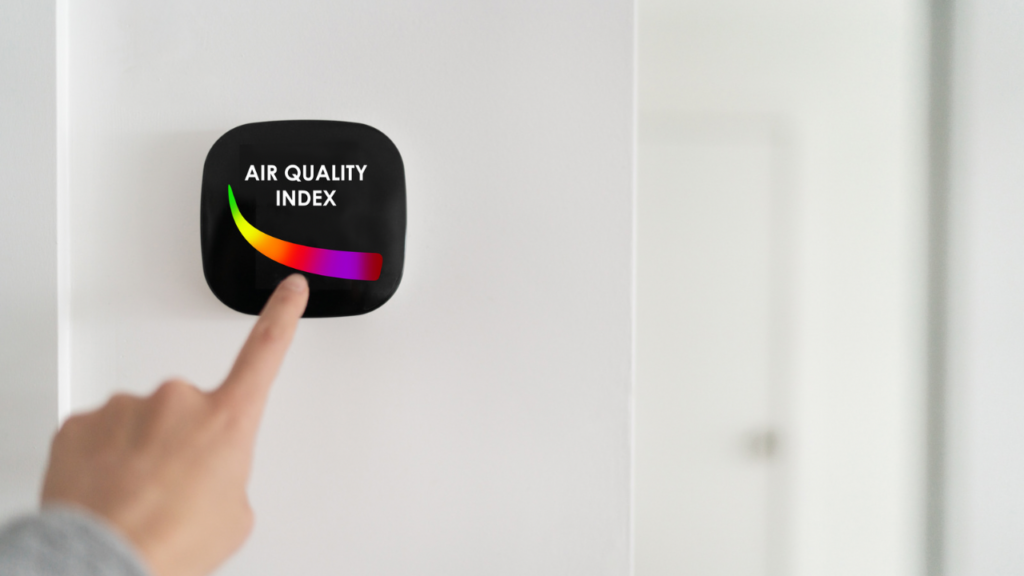Formaldehyde and other VOCs can quietly pollute your indoor air—especially in hot weather. Learn what they are, where they come from, and how to protect your family.

What Are VOCs (and Why Should You Care)?
Volatile Organic Compounds (VOCs) are chemicals that easily become vapors or gases at room temperature. They’re found in countless everyday items—cleaners, furniture, paints, adhesives, air fresheners, and more.
One of the most common (and concerning) VOCs in homes is formaldehyde, a known respiratory irritant and potential carcinogen. When VOC levels build up indoors, they can contribute to poor air quality and a range of health symptoms.
👉 Learn about our VOC and Formaldehyde testing
Why Warm Weather Makes VOC Exposure Worse
VOCs—including formaldehyde—off-gas more intensely in warm temperatures. As your home heats up in summer, materials like pressed wood, laminate flooring, and upholstery can release these gases at higher rates.
And if you’re keeping windows closed to run air conditioning, VOCs can linger longer inside your home.
Common VOC-emitting products include:
- Particle board, plywood, and pressed-wood furniture
- Paints, sealants, and caulks
- Cleaning products and disinfectants
- Synthetic carpets and vinyl flooring
- Scented candles, air fresheners, and aerosol sprays
Health Risks of Formaldehyde & VOC Exposure
Short-term exposure can cause:
- Eye, nose, and throat irritation
- Headaches and dizziness
- Fatigue and trouble sleeping
- Asthma or allergy flare-ups
Long-term exposure (especially to formaldehyde) has been linked to:
- Respiratory illnesses
- Nervous system effects
- Increased cancer risk (especially nasopharyngeal cancer)
👉 CDC: Learn more about the health effects of formaldehyde
How to Reduce VOC Exposure at Home
Even in warm weather, there are ways to minimize the dangers of VOCs:
1. Increase Ventilation
Open windows when possible, especially after painting or cleaning. Use exhaust fans in kitchens and bathrooms, and run your HVAC system on “fan” mode to circulate air.
2. Choose Low-VOC or No-VOC Products
Many paints, adhesives, and household cleaners are now available in low-VOC formulas. Check labels and look for certifications like GreenGuard or Safer Choice.
👉 EPA: Find safer products with the Safer Choice label
3. Avoid Synthetic Fragrances
Air fresheners, scented candles, and plug-ins are major VOC contributors. Swap them out for essential oils or natural odor absorbers like baking soda.
4. Air Out New Items
New furniture, rugs, or mattresses? Let them off-gas in a garage or well-ventilated space for a few days before bringing them inside.
5. Keep Indoor Temperatures Comfortable
Since heat boosts off-gassing, keep your indoor temp under 75°F when possible. A programmable thermostat and fans can help regulate temperature without over-relying on AC.
Breathe Easier This Summer
Formaldehyde and VOCs may be invisible, but their impact on your health is real—especially when temperatures rise. With a few smart choices and a little awareness, you can reduce your risk and enjoy cleaner indoor air all year round.
Want to know what’s in your air?
Schedule an indoor air quality test with our certified team today and take the first step toward a healthier home.
